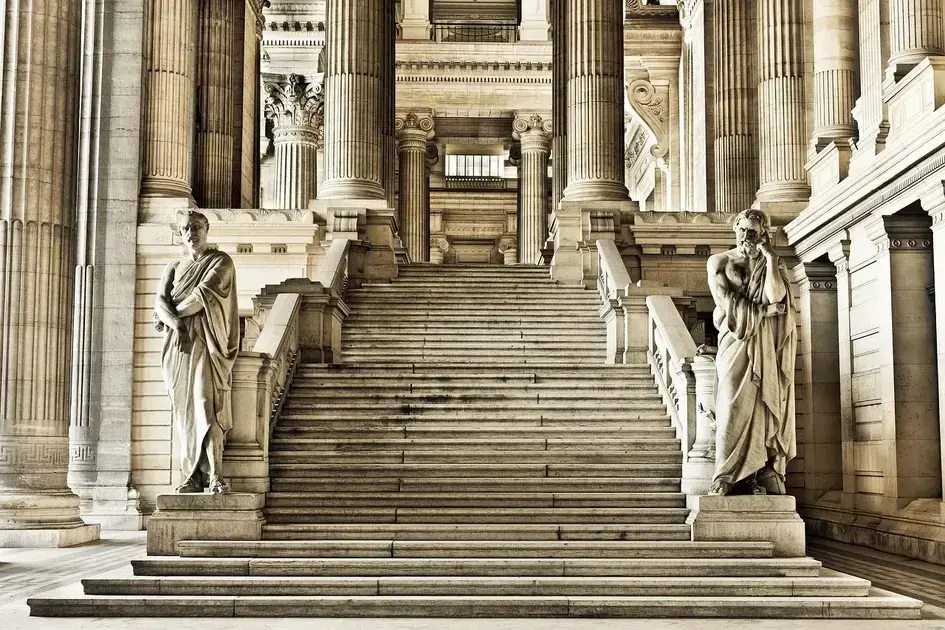Leitura: 6 minutos Unlock strategic insights into the future of online art education in under 10 minutes. In this article, you’ll discover how free online courses in the history of art are reshaping access, building market share for education tech, and creating new competitive advantages. Whether you lead in tech, education or creative industries, this deep dive gives you practical intelligence to make bolder, more informed decisions.
Why Free Art History Now?
Free online art history courses have exploded due to a shift in digital consumption and a growing recognition of art’s role in a well-rounded education. Top institutions and global museums are making their collections and expertise widely accessible.
- Digital platforms democratize access to elite knowledge.
- Remote learning removes traditional geographical and financial barriers.
- Course offers, from Yale to MoMA, attract global audiences.
In practice, this disruption means students worldwide gain exposure to masterworks and analysis previously reserved for the privileged few. The message for leaders: broad, low-cost reach is the new competitive edge in education. Do you see an opportunity to expand your influence by removing barriers?
Market Impact and Audience Trends
Streaming-style course platforms like Coursera, edX, and FutureLearn have catalyzed an upsurge in art history enrollments. The market share of online learning providers in the arts segment is rapidly growing.
- Diverse learners, from professionals to retirees, seek “upskilling” via art history.
- Short-form courses increase satisfaction, retention, and advocacy.
- Partnerships with museums and universities amplify brand legitimacy.
For market leaders, this spells new revenue channels and deeper audience engagement. In practical terms: agility wins—curate specialized offerings and scale quickly, or risk losing relevance. How are you capturing this evolving demand?
Competitive Advantage Through Content
Institutions deploying exclusive content and interactive experiences create differentiation. Features like behind-the-scenes curator talks and AI-powered art analysis drive user retention.
- Gamification and certification improve perceived value.
- Access to digital archives creates sticky user engagement.
- Localized content (multilingual, cross-cultural) expands global reach.
The takeaway: educational content is now a strategic asset, not just a commodity. In your context, what unique experiences could set you apart?
Tech Trends Shaping Online Art History
New technologies—from augmented reality (AR) to advanced video streaming and AI curation—are sharpening the competitive landscape. Expect AR tours of the Louvre or personalized AI-driven learning paths as new standards.
- Mobile-first learning unlocks mass adoption.
- Blockchain for certification builds trust and credibility.
- AI-driven recommendations encourage deeper learning journeys.
For forward-thinking leaders, ignoring tech shifts is not an option. Are your offerings leveraging these trends, or lagging behind?
Risks, Regulations, and Future Moves
With free art history education scaling rapidly, regulatory scrutiny is intensifying—driven by concerns like copyright compliance, data privacy, and credential legitimacy.
- Using protected artworks requires robust licensing strategies.
- Personal data of students is an emerging liability area.
- Accreditation and recognition impact perceived course value.
Na prática, this means managing risk is as important as innovation. Are you ready to invest in compliance to protect your market share?
